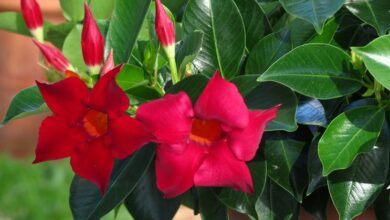Why Boston fern leaves fall: Why Boston fern leaves fall
Boston ferns bring summer porches and houses everywhere to life, bringing life to otherwise flat spaces. They look great, at least until the falling leaves of the Boston fern begin to raise their ugly heads. If your Boston fern is losing leaves, you’ll need to take quick action to slow or stop the loss of leaves so that your fern looks better.
Falling leaves of Boston fern
Although Boston fern leaf fall looks horrible, this symptom is not usually a sign of a serious problem. More often than not, the cause of Boston fern leaf loss is something in the care the plant receives, which can be changed overnight. Most often, when the leaves or leaflets turn yellow, dry out and fall off, it is due to one of these common problems :
Age of Leaves – The older leaves eventually dry out and die. That’s how it works. So if you only have a few leaves falling off and you’re doing a great job of caring for your plant, don’t worry. You can make an effort to redirect the long, thin runners of the plant back into the pot so that new leaves continue to be produced.
Lack of watering – Boston ferns need water and lots of it. Although they can tolerate drier conditions than other ferns, they should be watered as soon as the surface soil begins to dry out. Soak the soil of the plant completely until the water sinks to the bottom. If you do this, but still act as if it is dry, you may have to replant or divide a large fern.
Lack of moisture – Indoor air humidity is usually very low. After all, Boston ferns are native forest dwellers who depend on high humidity levels to survive. It can be difficult to maintain the 40-50% humidity level ideal for ferns throughout the year. Misting doesn’t help much, if at all, but placing your Boston fern in a larger pot lined with peat or vermiculite and watering it often can keep the moisture around your plant at a high level.
Highly soluble salts – Fertilizers are only needed in very small amounts, no more than 10-5-10 per month, even when growth is strong. When regularly over-fertilized, unused nutrients accumulate in the soil. You may notice white scales on the soil surface or your fern may turn brown and yellow in isolated areas. Either way, the solution is simple. Wash the soil several times to dissolve and remove any excess salt and fertilize your Boston fern in moderation in the future.

